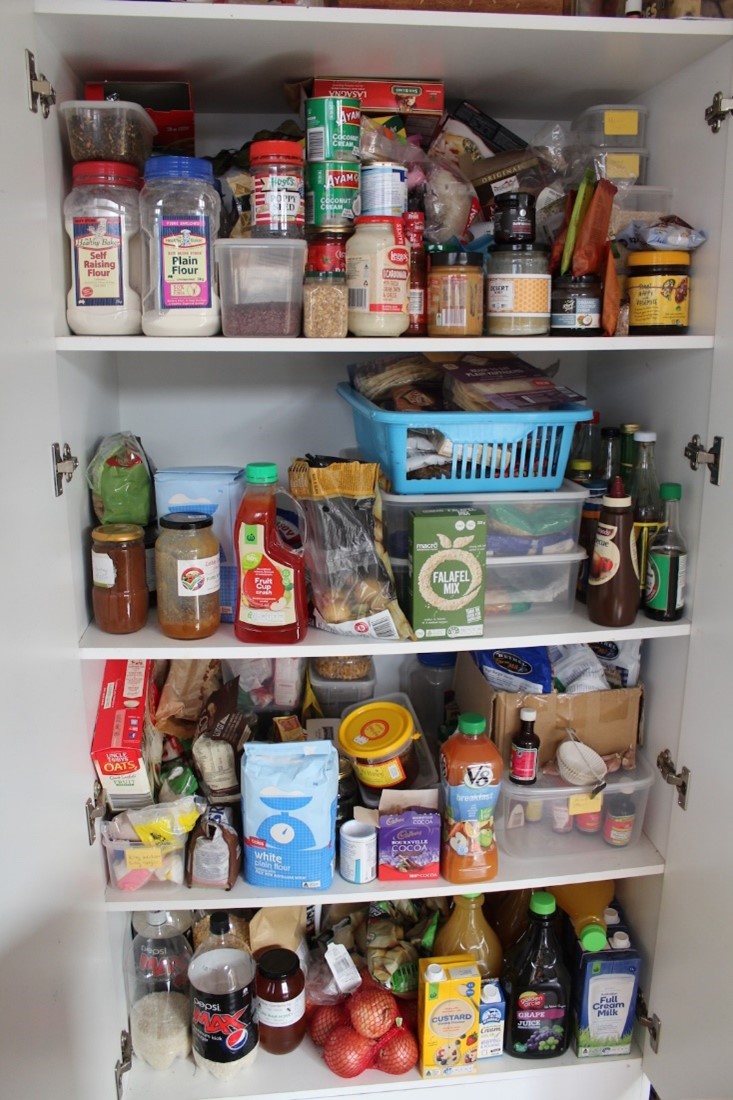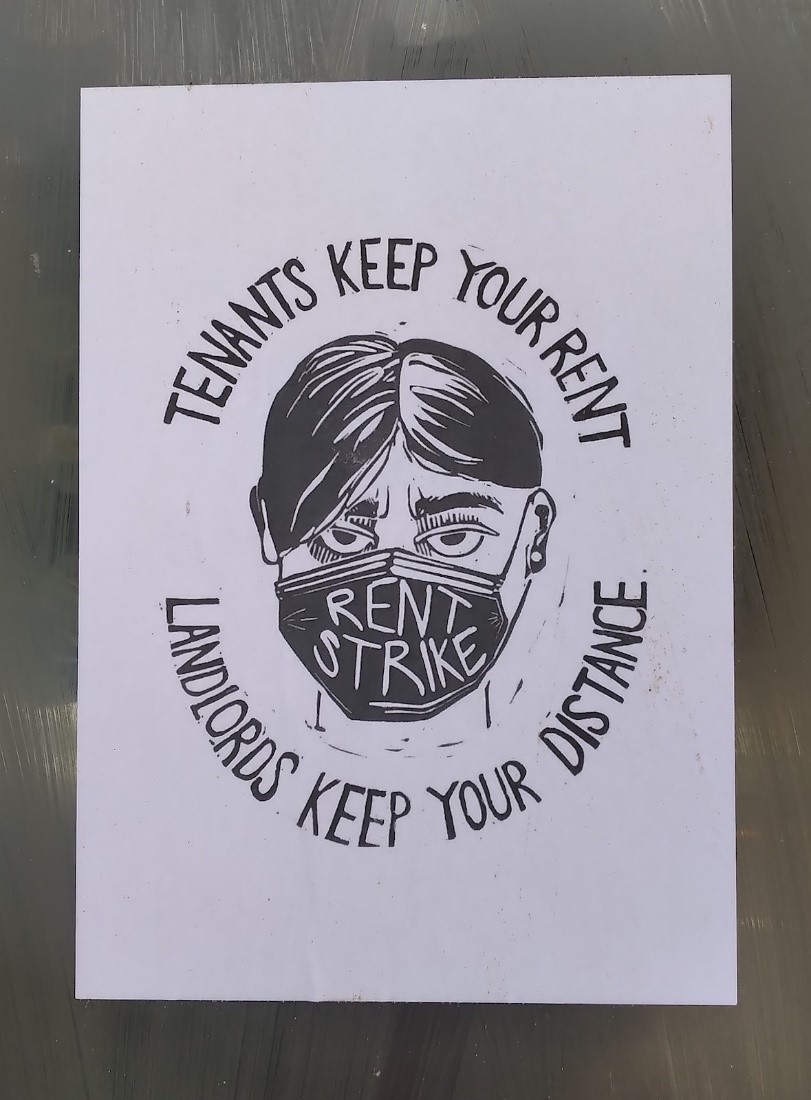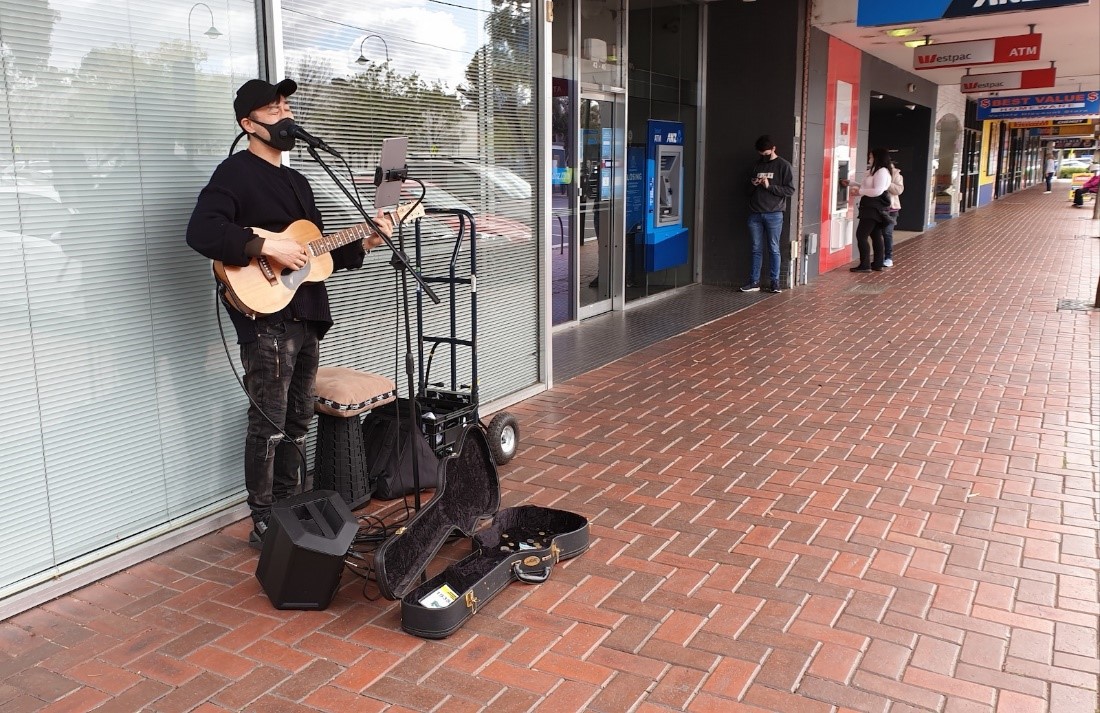Toni Burton, Collection Curation & Engagement Manager & Bridie Flynn, Senior Librarian Victorian & Australian Collections, State Library Victoria.
As the impact of the COVID-19 pandemic started to unfold, it was clear that State Library Victoria needed a rapid collecting response to ensure that this event was documented and recorded.
Memory Bank: Collective Isolation Project developed as a cross department initiative to engage audiences in the act of citizen collecting. Using a series of weekly prompts, highlighted by existing collection material, people were invited to contribute their own documentary material to record their individual experiences. The prompts allowed collection and curatorial staff to guide the type of material we would like to receive and consider what might be important for future generations of researchers. A wide range of responses were received but due to the nature of the way people were living most submissions came in the form of digital content.
We quickly discovered that rapid response collecting while working from home is quite different to working from a public library! Many of our workflows were rooted in face to face interaction, and physical handovers, even for digital content. We needed to implement contact-free methods for our acquisition tasks - but we had limited knowledge and experience in digital collection. Some staff enrolled in the DPC Novice to Know-how online training (a timely benefit of our recent DPC membership!). The practical nature of this training was attractive, as it included the learning goal to develop and implement simple digital preservation workflows. For our Memory Bank project, developing a content transfer workflow was key.
Some of the improvements gained have been the introduction of a file transfer protocol service; online form and spreadsheet options for collecting descriptive metadata; and gaining experience in preparing submission information packages for ingest in Rosetta, our digital preservation system.
File Transfer Protocol
Our current acquisition process had relied on interpersonal connections and receiving digital content on physical carriers at the library building or relying on clients having their own FTP service. We worked with our technology services staff to set up a secure FTP service for remote deposit, learning that the library already had a corporate Dropbox account we could use. This was such a simple step but a significant improvement! It has the benefit of helping us reach clients in regional areas and anyone unable to visit the library. It also shows the importance of communicating your needs with your IT department to find out what infrastructure and services are already available.
Collecting metadata
To meet the minimum requirements for DP metadata, we consulted with our colleagues in Description and Digital Preservation teams. This defined the born-digital ‘profile,’ the metadata fields that we would need to compile as part of the acquisition workflow.
The descriptive metadata was gathered from the creator at item level via webform (for one or few items) or spreadsheet template (for many items). This is an exciting development as it empowered the creator to assign titles, locations, and summaries, for their works. Creating descriptive metadata is resource heavy, so this reduced the lag in processing.
Submission Information Packages (SIPs)
The process of acquiring born digital has similar processes for physical collections, e.g. donor negotiation, legal agreements, transfer of property, registration of material, description, and safe storage. It is the storage part that looks quite different and is the learning curve for us. Preparing a SIP for ingest into permanent storage is a responsibility new to our roles and our familiarity was only theoretical. SIP preparation included the careful and minimal ‘handling’ of files using TeraCopy and creating the profile in a CSV file in strict format to be accepted into our preservation system.
We tested workflows on each other first, then moved on to submissions from the Victorian public. We can now proudly show off some of the first examples acquired through rapid response collecting. They illustrate the everyday and the extraordinary experiences of Victorians living through the pandemic.

Disorganised, but stocked pantry, 28 April 2020 by Elizabeth Spiteri, MS16313/1/1.
A photographic response to the project’s Week 1 prompt asking about fridge and pantry supplies. http://handle.slv.vic.gov.au/10381/4177196

Rent strike - Tenants keep your rent, landlords keep your distance, 13 September 2020, photograph by Sarah Ryan, MS16313/22/17. http://handle.slv.vic.gov.au/10381/4177267

Covid Rocket man, 27 September 2020, by Dominique Dunstan, MS16313/22/24. http://handle.slv.vic.gov.au/10381/4177257

Public transport during COVID-19, 1 May 2020, by Toni Burton, MS16313/22/3. http://handle.slv.vic.gov.au/10381/4177262
